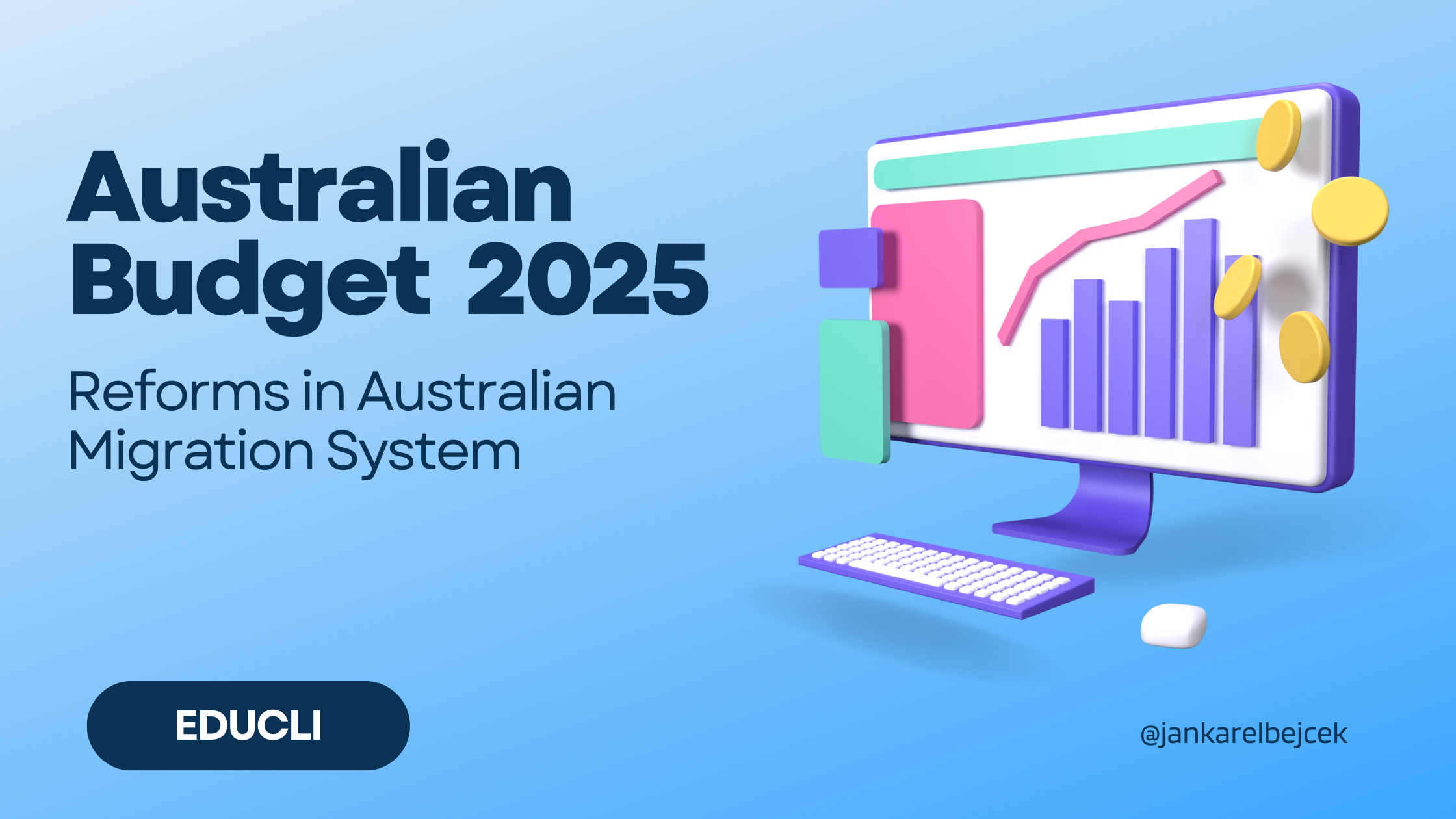Budget 2025: Reforms in Australian Migration System
The Australian Government has unveiled its Budget for 2025, marking a pivotal shift in the country’s migration system. This strategic reform aims to enhance economic prosperity while restoring the integrity of the migration process. Key highlights from the Migration Strategy have been outlined to guide these changes.
Skill-Focused Migration
A central aspect of the reform is the emphasis on skill-focused migration. The Government has set the 2024–25 permanent Migration Program planning level at 185,000 places, with a significant allocation of 132,200 places (around 70 percent) to the Skill stream. To facilitate better cross-government planning, the planning horizon will extend from one to four years starting from 2025-26. This approach ensures a steady influx of skilled migrants, which is crucial for addressing skill shortages and driving economic growth.
Net Overseas Migration
The Government has also projected a substantial reduction in net overseas migration. From a high of 528,000 in 2022-23, the figure is expected to decrease to 260,000 in 2024-25. This reduction reflects a more sustainable approach to managing population growth while focusing on attracting high-caliber talent.
Cessation of the BIIP
The Budget also announces the cessation of the Business Innovation and Investment Program (BIIP). Visa application charge refunds will be provided from September 2024 for those wishing to withdraw their BIIP applications. This move aims to streamline the visa process and focus on more impactful migration streams.
New Innovation Visa
In a bid to attract exceptionally talented migrants, a new National Innovation Visa will replace the Global Talent visa. This visa aims to draw top-tier talent to Australia, fostering innovation and contributing to the nation’s competitive edge in various sectors.
Changes to TSS Skilled Experience Requirements
From 23 November 2024 onwards, the work experience requirement for the Temporary Skill Shortage (subclass 482) visa will be reduced from two years to one year for all applicants. This change is designed to expedite the entry of skilled workers into the Australian labor market, addressing immediate skill shortages.
Support for Temporary Visa Holders
The Government will extend support programs for temporary visa holders experiencing violence. The Escaping Violence Payment trial and the Temporary Visa Holders Experiencing Violence Pilot will be extended until June 2025. Additionally, a new Leaving Violence Program will commence in mid-2025, providing ongoing support to those in need.
New MATES Program
The MATES program is a notable introduction, providing a new mobility pathway for 3,000 Indian graduates and early career professionals aged 18 to 30 years. These individuals, with knowledge and skills in targeted fields, will be able to live and work in Australia for up to two years, fostering stronger bilateral ties and knowledge exchange.
Immigration System Reforms
The Government has allocated $18.3 million over four years to further reform the migration system. This includes information and education activities for migrant workers and a data-matching pilot with the Australian Taxation Office to prevent exploitation. These measures aim to create a fairer and more transparent system for all involved.
Establishment of the Administrative Review Tribunal
To address migration backlogs in courts, the Budget provides $1 billion over five years to establish the Administrative Review Tribunal, replacing the Administrative Appeals Tribunal (AAT). This new body is expected to streamline the review process and ensure timely resolutions of migration cases.
Significant Revenue Growth
The Budget also projects significant revenue growth from Visa Application Charges, which are expected to rise from $3.29 billion this year to over $4.48 billion by 2027-28. This increase will support the ongoing reforms and improvements in the migration system.
In conclusion, the Australian Government’s Budget 2025 introduces comprehensive reforms to the migration system, focusing on skilled migration, reducing net overseas migration, and providing better support for temporary visa holders. Despite these changes aiming to boost economic prosperity and enhance the integrity of the migration process, they may not be fair to all stakeholders in their current form.





Leave A Comment